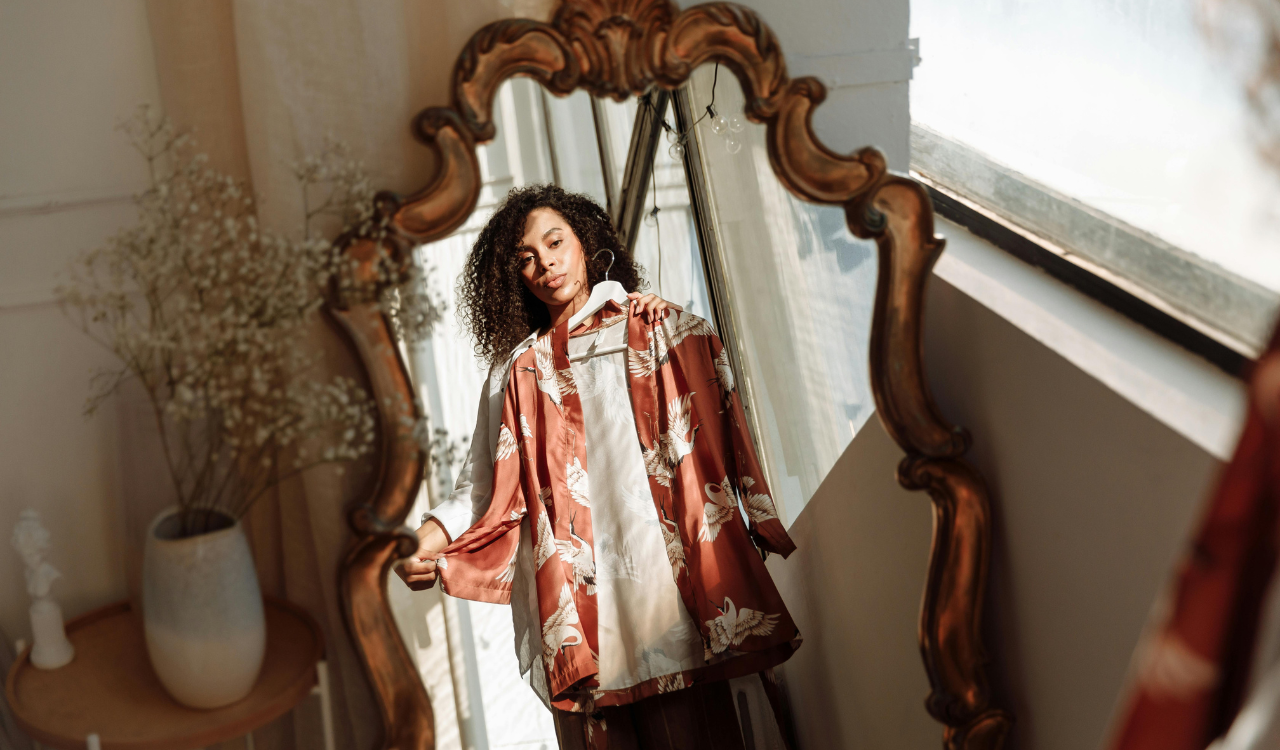Product placement in film and television has changed drastically and the demand for these story-driven products is stronger than ever. A recent study by BENLabs found that 46 percent of consumers learned about a product for the first time by seeing it on TV or in movies. The same study found that 75 percent of consumers have searched for a product/brand after seeing it on TV or in a film, and a staggering 57 percent of them go on to purchase it.
In today’s world, studios are brands. Fewer studios are using third-party websites as the middleman when selling their film-themed merchandise. Rather than hand over production and licensing to another company, studios like A4 Studio are partnering with independent brands and designers to produce iconic themed merchandise and sell it on their own websites.
By definition, film and TV introduce customers to an alternative version of reality. So, product placements let consumers take a piece of that reality home with them to enhance their own lives. And in this day and age, we could all do with a little fantasy.
Film Studios and Merchandising
The retail industry and brands have long been resource partners for film and television producers for product placements, and that relationship has come a long way in the past decade. Props masters, set designers and costume designers have traditionally shopped for products in stores and directly with brands. This tradition has put James Bond’s Omega watch and Aston Martin into the imaginations and homes of film fans, as did Givenchy become synonymous with Audrey Hepburn as the designer of record for most of her film roles … and then there was Loro Piana’s baseball cap staple in Succession, made into an overnight must-have.
Direct sales of product-placed merchandise are no longer relegated to ubiquitous online marketplaces. Today’s consumers are focused on emulating exactly what they see on screen. In fact, they have “no Fs to give” about how they may be perceived by their peers and families, instead dressing for the sole purpose of the serotonin boost the products provide and the world they represent. And studios are keyed into this new zeitgeist.
Most recently, take the iconic character of “Priscilla,” played by Cailee Spaeny in Sofia Coppola’s new film, which is currently driving consumers into a purchasing frenzy. They can take home the winged eyeliner that Spaeny wore in the film for $49 a pop. Well, technically, they could before the A4 film studio, which partnered with HALF MAGIC to produce the eyeliner kit, sold out of the product. But fans of the film can still take home a heart locket that was inspired by Priscilla Presley herself, in sterling silver ($400) or 14-karat gold ($1,280)
This brings to mind another heart-shaped necklace from the highest-grossing film of my millennial youth: The Heart of the Ocean necklace inspired by James Cameron’s “Titanic.” These days, it’s being sold by a different name in the Titanic museum shop, and stalwarts are still buying Heart of the Ocean replicas. I wonder if accessories from “Barbie” will have the same resonance 26 years later… me thinks not.
Brand Partnerships > Licensing Agreements
In today’s world, studios are brands. Fewer studios are using third-party websites as the middleman when selling their film-themed merchandise. Rather than hand over production and licensing to another company, studios like A4 Studio are partnering with independent brands and designers to produce iconic themed merchandise and sell it on their own websites. There are some real advantages to this strategy:
- Limited edition product drops drive excitement and demand based on a perception of exclusivity and scarcity.
- Collaborations between film/TV studios and indie brands double the exposure for each new product placement.
- The film studio is positioned as a style brand in itself with a distinct personality that aligns itself with the products it produces and sells.
- A product made by the film studio feels more authentic and can create momentum for consumers coveting an exclusive product.
- There’s a cross-merchandising opportunity; customers visiting studios’ websites drive traffic to both upcoming films and other media-themed merchandise.
Most modern customers are aware of the “Myth of the Maxxinista” and they have at least a basic understanding that due to licensing agreements, most of the products carried in off-price outlets aren’t made in the same factory, with the same materials, or of the same quality as their true branded counterparts.
In contrast, when the film studio is involved in manufacturing products, consumers see them as authentic to the film’s creative direction. So, customers who resonate with the film/show’s aesthetic may be more inspired to take action when they see a direct correlation between the film studio and the manufacturer. As this trend evolves in 2024 the fourth wall between the film studio and the product itself will fall by the wayside.
Product-Inspired Is the Future
Product placement in films is nothing new. It’s been around since Buster Keaton advertised Firestone Tires and Red Crown Gasoline in the short film “The Garage” in the 1920s. But we’re entering a new era of product and film collabs. The new wave of product placement doesn’t look like a protagonist gleefully glugging away at Pepsi, offering Reeses Pieces to E.T., or extolling the style of women who shop at Tiffany’s at breakfast.
The next wave of product placement is more holistic. Film studios are partnering with brands to make product-inspired films that are so darn good they can’t be missed or misunderstood. Product-inspired media can be found everywhere, from Ford V Ferrari and the “Barbie” movie to the “Super Mario Bros. Movie,” “Tetris” and “Air.” Each film features fan-favorite celebrities, including Viola Davis, Will Ferrell, Christian Bale, Kate McKinnon, Margot Robbie, Matt Damon, Jack Black, and Seth Rogen using, wearing, and even becoming product placements.
Product-inspired films don’t have to have a star-studded cast. Incredible writing and ample production budgets ensure these films can compete with non-formally branded content for consumer attention. Alongside the growth of product-inspired films is a rise in films that contain elements of authenticity that can’t be found in traditional product marketing. Look at “Priscilla,” or “Daisy Jones & The Six.” Production studios have already mined millennial nostalgia for contemporary, product-inspired media, and the next wave will tie back to sentimental trends or historical characters.
In the next few years, history and product-inspired media will converge to create iconic characters to be emulated off-screen. The trends will be brazen and the fine line between media, studio, and product will become even harder to distinguish. Think of it as fluid product placement.





